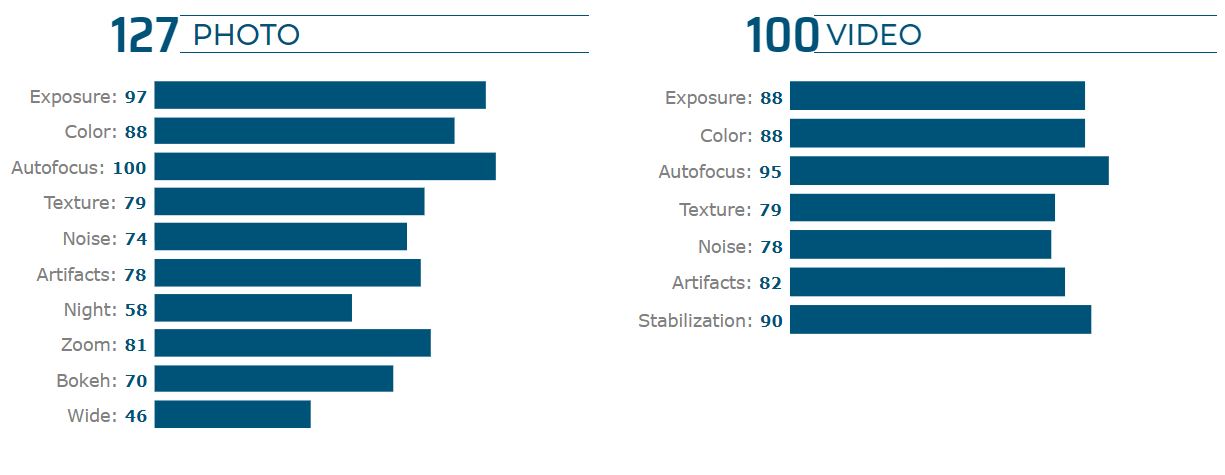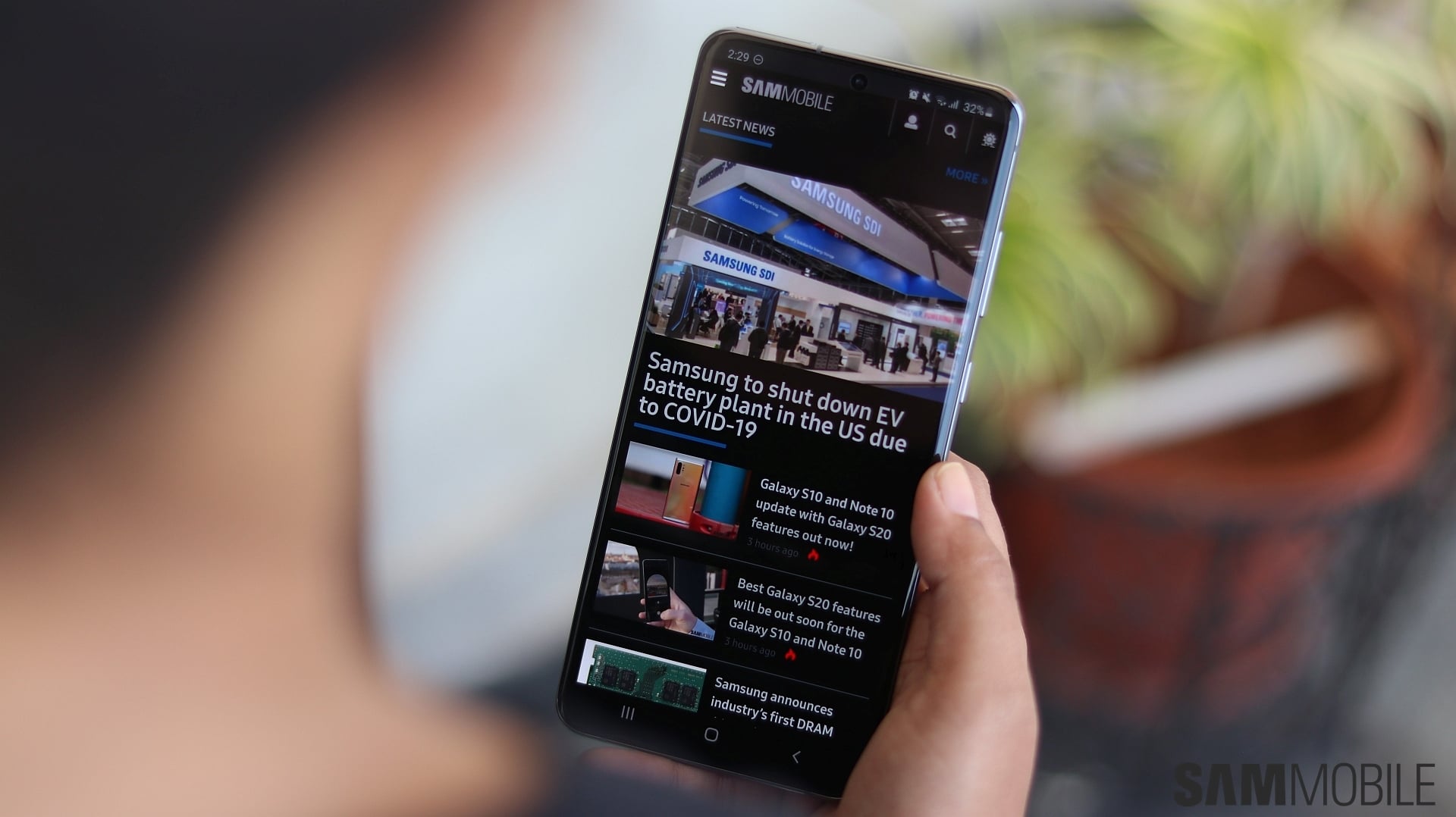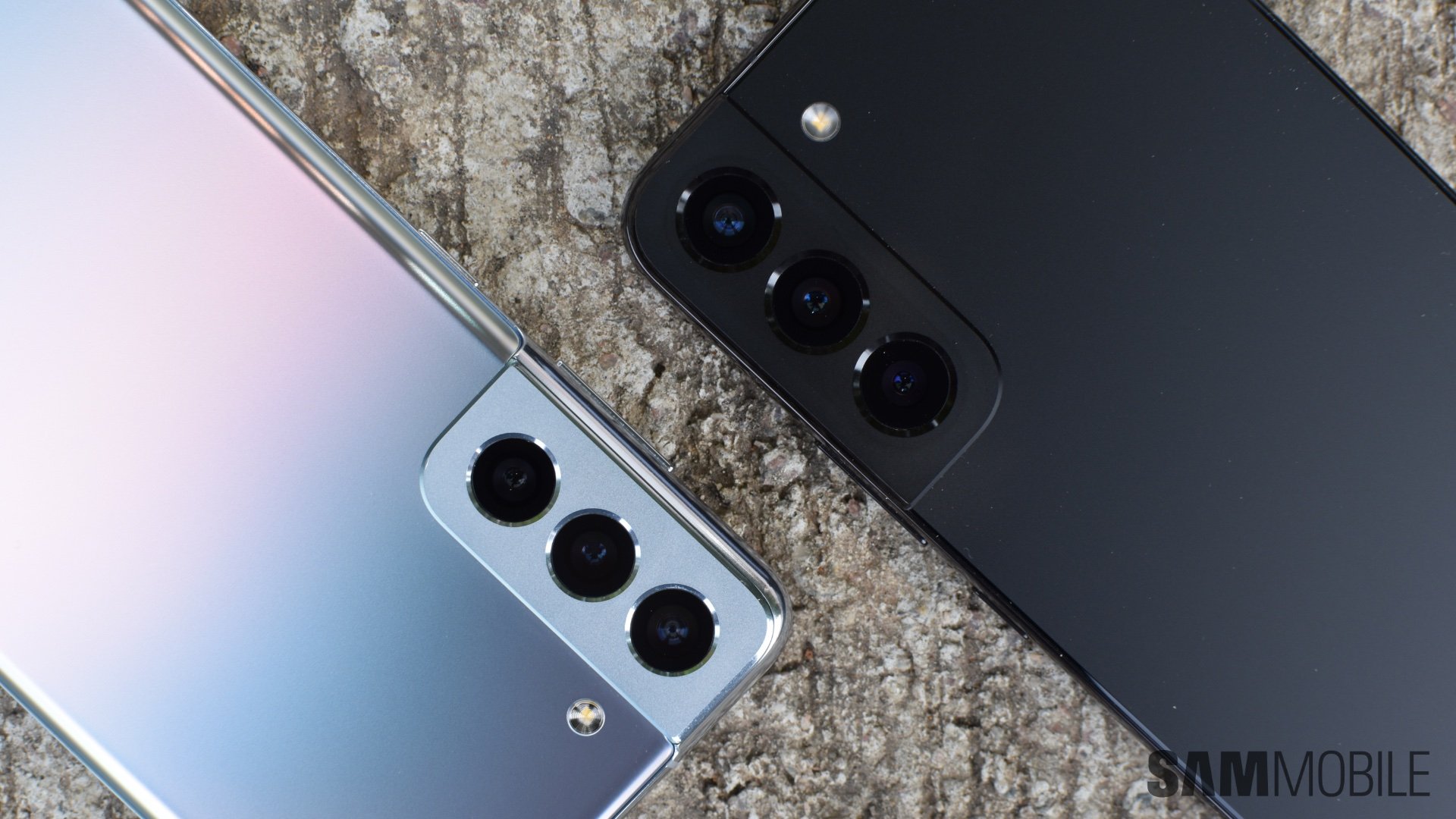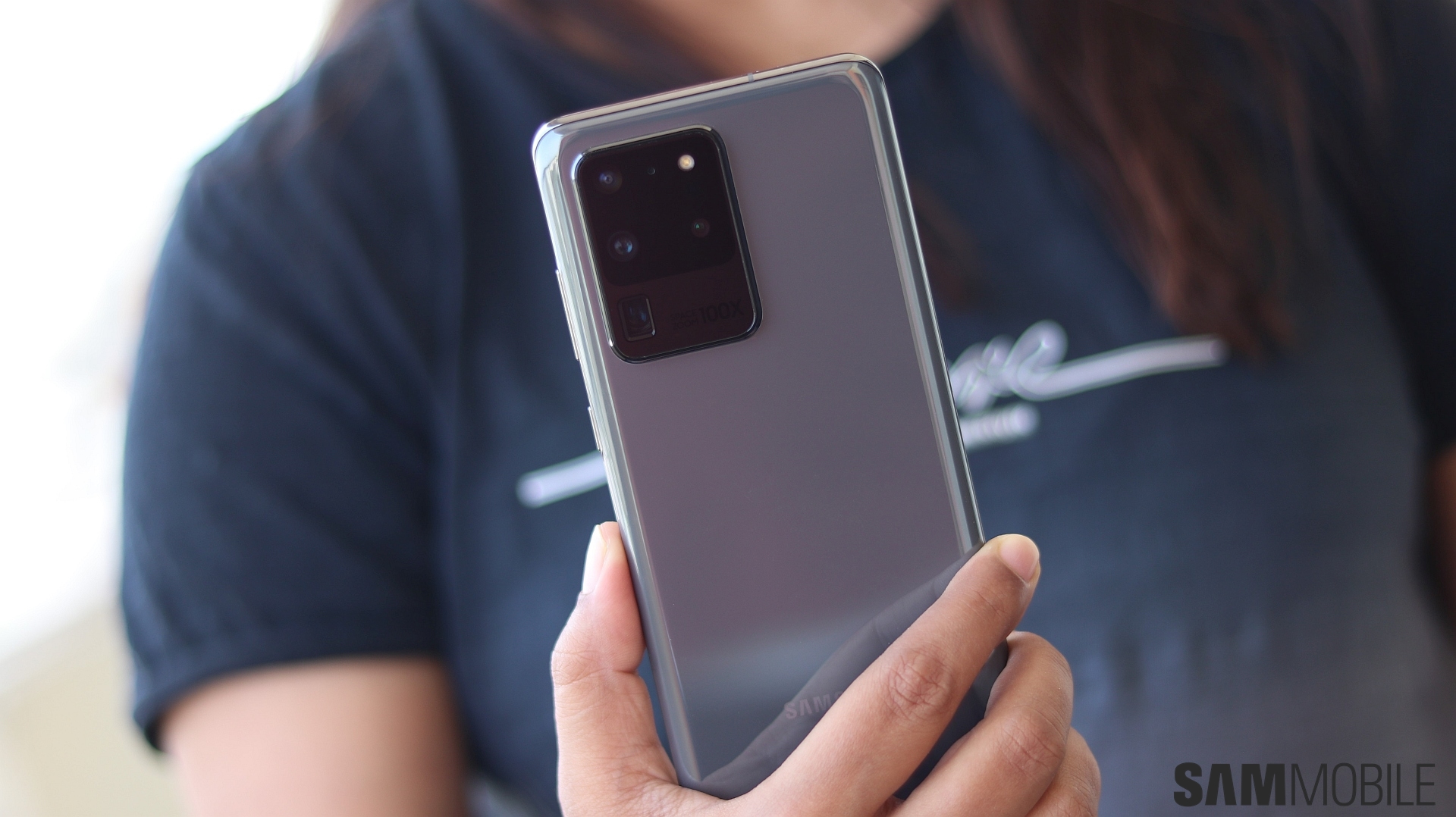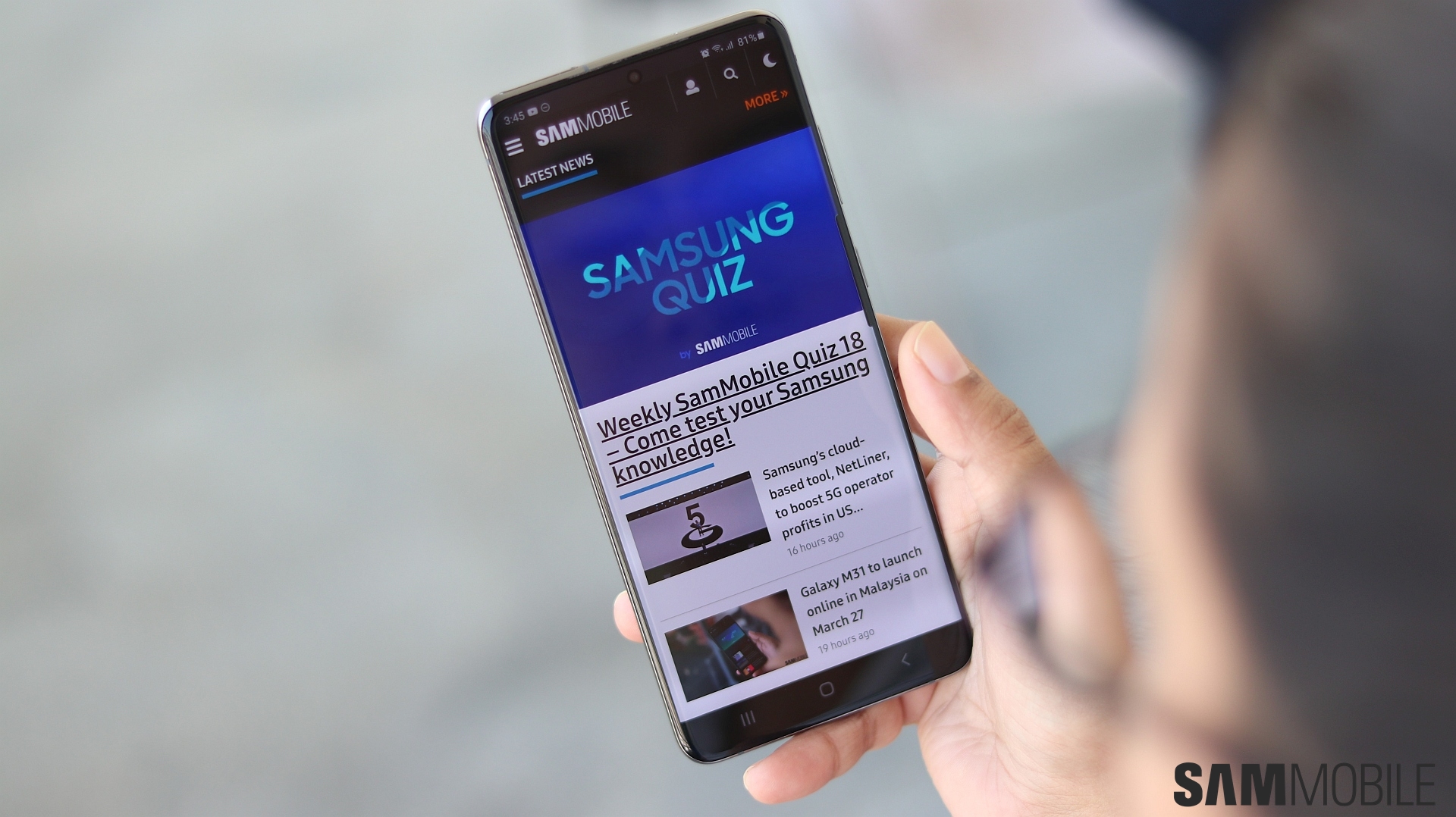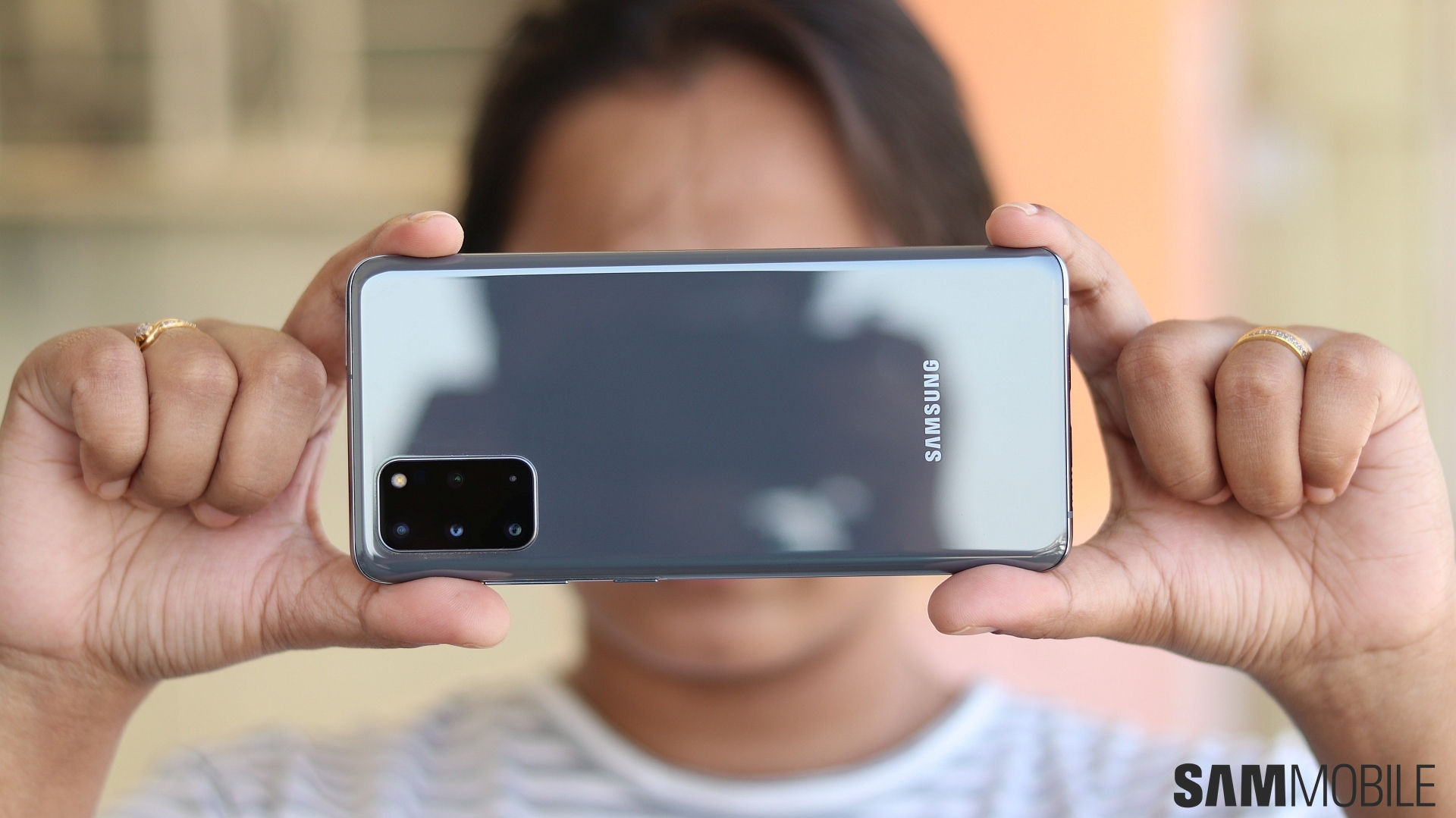
While there's no question the Galaxy S20+ is still one of the best mobile photography choices on the market, it's noticeably worse than even its pricier sibling, who itself lost the title of the world's best camera smartphone from its predecessor. As a result, no fewer than eight devices from China's Huawei and its subsidiary Honor, as well as Oppo and Xiaomi, deliver better imaging capabilities than the Galaxy S20+.
The price of Samsung's “unusual” mobile photography choices
One of the most significant differences DxOMark found is that the detail retention of the Galaxy S20+ is noticeably below that of the Galaxy S20 Ultra. That's particularly obvious in the smartphone's ability to perform in less-than-ideal scenarios. With no ability to create super-pixels using so-called pixel-binning tech, Samsung's phablet pulls out fewer details from low-lit scenes than the likes of the Honor 30 Pro+, Xiaomi Mi 10 Pro, and the Galaxy S20 Ultra. When you're not asking it to perform miracles, it's largely on par with its Ultra-dubbed counterpart but still slightly behind Huawei's latest handsets, as per the same source.
Save for larger noise frequency, the Galaxy S20+ displays its comparatively worse detail retention in numerous edge artifacts that can be seen upon closer inspection of many indoor shots. When looking at its software-produced bokeh, DxOMark rated the device as being “almost” as good as its top rivals, save for its annoying tendency to produce motion blur. Reading between the lines, it appears the Galaxy S20+ doesn't trust its 12-megapixel 1/1.76-inch main sensor as much as the Ultra relies on the larger 1/1.33-inch 108-megapixel module at the center of its quadruple-camera system. In effect, its AI-guided auto mode usually opts for slower shutter speeds when faced with average or worse lighting, ultimately delivering (partially) blurred photos.












